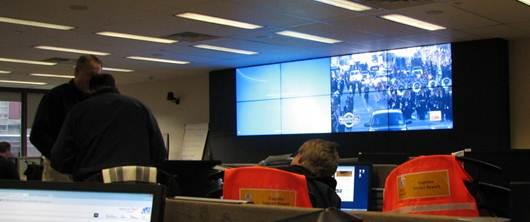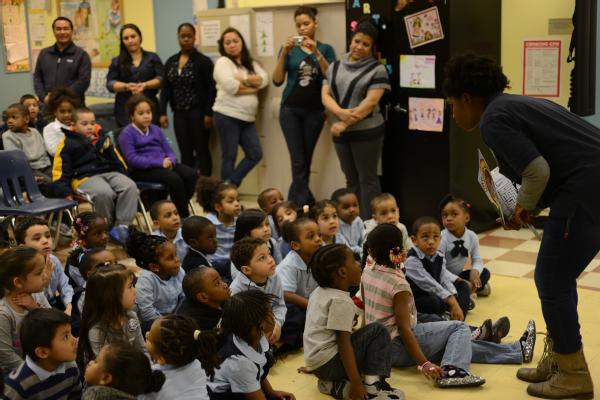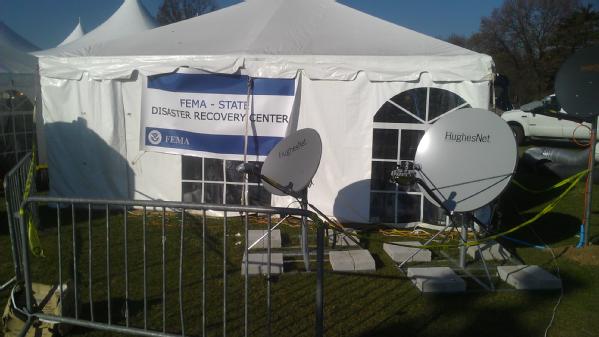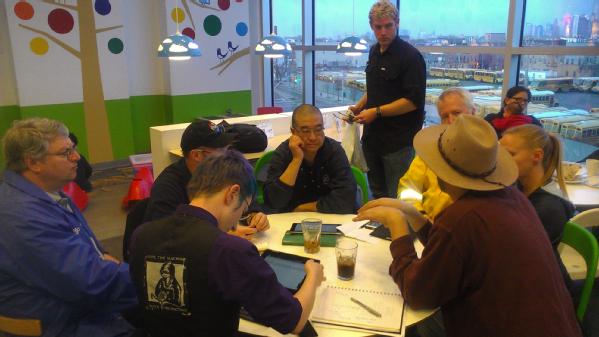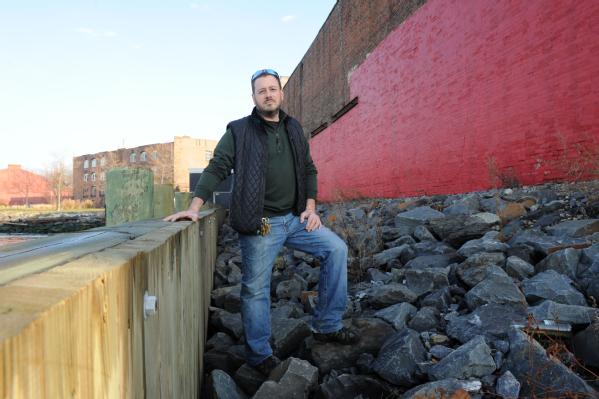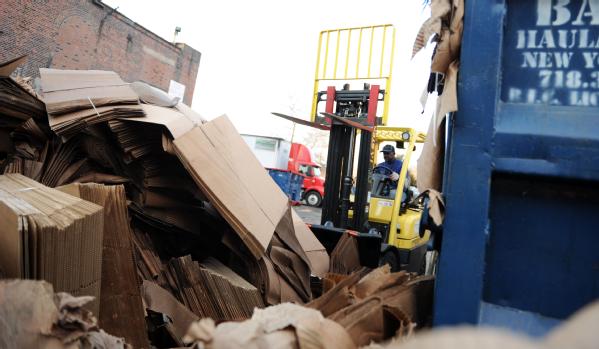Posted by: Craig Fugate, Administrator
On January 29, President Obama signed the Sandy Recovery Improvement Act of 2013. In addition to providing assistance to individuals, families, and communities impacted by Hurricane Sandy, the act also included a very important amendment that impacts tribal governments.
Here are the basics: the Sandy Recovery Improvement Act provides a legislative change to amend the Stafford Act (which is an act that outlines how the federal government provides assistance to communities impacted by disasters). This amendment will provide federally recognized tribal governments the option to choose whether to make a request directly to the President for an emergency or major disaster declaration, or to receive assistance, as they do presently, through a declaration for a State.
What does that mean for emergency management, and why is it important for our nation? Here are the key things to know:
For more information on the work being done with our tribal partners and Indian Country, visit www.fema.gov/tribal.
On January 29, President Obama signed the Sandy Recovery Improvement Act of 2013. In addition to providing assistance to individuals, families, and communities impacted by Hurricane Sandy, the act also included a very important amendment that impacts tribal governments.
Here are the basics: the Sandy Recovery Improvement Act provides a legislative change to amend the Stafford Act (which is an act that outlines how the federal government provides assistance to communities impacted by disasters). This amendment will provide federally recognized tribal governments the option to choose whether to make a request directly to the President for an emergency or major disaster declaration, or to receive assistance, as they do presently, through a declaration for a State.
What does that mean for emergency management, and why is it important for our nation? Here are the key things to know:
- The Stafford Act now clearly reflects federally recognized tribal governments’ status as sovereign nations, giving
them the same status as states when requesting federal disaster
assistance. Prior to being amended, the Stafford Act mandated requests
for an emergency or major disaster declaration by the President could
only be made by the Governor of the affected state. As a result,
federally recognized tribes were statutorily excluded from making a
direct request for a Presidential declaration and were required to make a
request through the state(s) in which they were geographically
located.
The change to the Stafford Act is particularly important because some states could not readily work with federally recognized tribes under their state constitutions and laws. This could create obstacles in the emergency response and recovery process. Here’s a quick example. To receive federal disaster assistance, the Governor must activate the state’s emergency plan and demonstrate that state and local capabilities in the affected areas are insufficient. Depending on the tribe’s status and applicable state law, the Governor may not have independent authority to take such actions with respect to tribal lands.
Now, federally recognized tribes have the same status as states, removing legal barriers from developing stronger relationships with the federal government, while allowing tribes to directly request federal assistance. - The Stafford Act now allows consideration of all of a tribe’s affected land.
Disasters don’t respect borders – their effects can stretch across
multiple counties and states, and the impacts can vary widely from
community to community. Prior to the amendment of the Stafford Act, the
federal and state governments made it hard to meet the needs of
impacted tribes, especially when tribal nations cross over one or more
state lines. Before the Stafford Act amendment, an affected tribal
government would have to submit a request to the governor of each state
within which the tribe’s lands are located to request an emergency or
major disaster declaration.
For example, both North Dakota and South Dakota experienced flooding during the spring of 2009. This flooding affected lands under the civil-regulatory authority of the Standing Rock Sioux Tribe, but within the political boundaries of both North Dakota and South Dakota. North Dakota received a declaration for both the state and for the Standing Rock Sioux Tribal lands immediately after the incident, while South Dakota’s major disaster declaration came several months later because the statewide impact differed there. This put FEMA in the untenable position of only providing assistance to one portion of the affected Standing Rock Sioux Tribe’s lands, though the incident affected all of the tribe’s lands in both North and South Dakota.
Now, tribal governments have the option to choose whether to directly request federal disaster assistance for the impacts within their own borders, not the borders of their surrounding states.
For more information on the work being done with our tribal partners and Indian Country, visit www.fema.gov/tribal.










